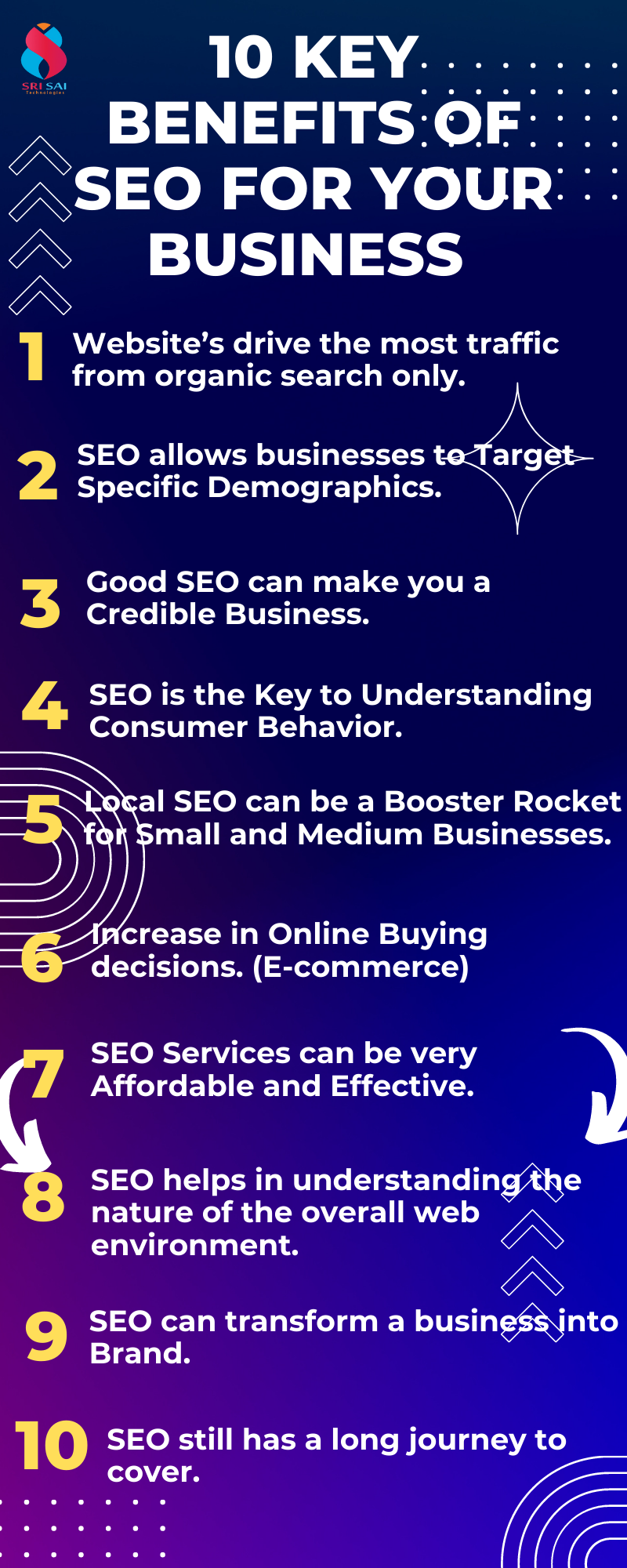Crucial Info on What Is Ruled Out a Default Medium in Google Analytics
Crucial Info on What Is Ruled Out a Default Medium in Google Analytics
Blog Article
Introducing the Unconventional Mediums in Google Analytics Beyond Default Setups
In the realm of digital analytics, Google Analytics stands as a foundation for organizations seeking to recognize their on-line existence. While default settings supply important insights, truth deepness of recognizing hinge on checking out the non-traditional mediums that often go unnoticed. By venturing past the surface area and diving right into the intricacies of social media sites data, e-mail project efficiency, reference web traffic sources, straight traffic patterns, and custom-made network groups, a treasure of information awaits those happy to welcome an extra nuanced technique. However, what lies below these unconventional mediums may just redefine exactly how organizations regard and strategize their on the internet initiatives.

Leveraging Social Media Site Insights
Occasionally forgotten, yet greatly valuable, is the technique of leveraging social media insights within the world of Google Analytics. By integrating information from systems like Facebook, Twitter, Instagram, and LinkedIn into Google Analytics, services can gain a much deeper understanding of their target market and the efficiency of their social media campaigns.
Via this combination, online marketers can track and assess customer actions on their website that stems from social media sites platforms. They can determine which social media channels are driving the most traffic, which material is resonating with the audience, and which campaigns are converting one of the most leads. This insight enables data-driven choices to optimize social networks approaches and enhance overall marketing performance.
In addition, by combining social media insights with Google Analytics, businesses can produce more targeted and personalized campaigns - what is not considered a default medium in google analytics. They can use demographic details, passions, and on the internet behaviors gathered from social media to improve their target market division and deliver customized messages that resonate with specific customer teams. This targeted strategy can cause greater interaction, enhanced conversions, and ultimately, enhanced roi
Uncovering Email Project Performance
Revealing Email Project Efficiency involves analyzing vital metrics and efficiency indications to evaluate the effectiveness of email advertising and marketing efforts. When diving right into email project efficiency, it is crucial to evaluate metrics such as open prices, click-through prices, conversion rates, and unsubscribe rates. Open up prices indicate the percent of receivers that opened up the email, supplying understanding into the performance of subject lines and sender names. Click-through prices measure the percent of receivers who clicked web links within the e-mail, revealing involvement degrees. Conversion prices track the percent of receivers who finished a preferred action after clicking a web link in the email, such as making an acquisition or signing up for a newsletter. Unsubscribe rates highlight the number of recipients who opted out of receiving additional emails, losing light on e-mail content top quality and importance. By assessing these metrics, marketing professionals can tweak their email projects for better interaction and efficiency.
Analyzing Referral Web Traffic Resources
After examining the efficiency of e-mail projects through vital metrics such as open rates and conversion rates, the next critical step is assessing recommendation web traffic resources in Google Analytics to comprehend where internet site site visitors are coming from and just how they engage with the site. Referral web traffic sources describe the websites that route customers to your website with clickable web links. By diving right into this information, services can get insights right into which outside systems are driving web traffic to their website, whether it be social media sites platforms, partner sites, or on the internet directories.
It helps organizations determine high-performing referral sources that contribute substantially to website traffic and conversions. Google Analytics provides comprehensive reports on recommendation website traffic, enabling organizations to check my site track the performance of each recommendation resource accurately and make data-driven choices to enhance their on the internet presence.
Discovering Direct Web Traffic Patterns
Discovering the straight web traffic patterns in Google Analytics gives valuable understandings right into individual behavior and the performance of projects - what is not considered a default medium in google analytics. Straight web traffic refers to visitors that land on an internet site by directly keying the link into their internet browser, using book marks, or clicking untagged web links. Comprehending direct web traffic patterns can aid online marketers review the impact of offline advertising and marketing initiatives, brand recognition, and the performance of word-of-mouth referrals
By diving into direct traffic information, organizations can discover vital info about customer intent and brand commitment. Analyzing the habits of straight visitors, such as the pages they see, the time spent on website, and the conversion rate, can provide a deeper understanding of individual interaction and the general performance of the web site in converting visitors into consumers.
Additionally, tracking straight website traffic patterns gradually enables services to identify trends, seasonality impacts, and the success of certain projects or promotions in driving straight visits. This info can after that be utilized to improve advertising and marketing techniques, optimize site content, and boost the general user experience to take full advantage of conversions.
Utilizing Personalized Network Groupings
Using custom channel collections in Google Analytics allows businesses to categorize and examine their web site traffic based on certain standards, offering important insights for maximizing advertising methods. Custom-made channel groups allow firms to produce their own personalized groupings of website traffic sources, such as social media sites, natural search, e-mail projects, and referral web traffic. By defining these groups, organizations can gain a deeper Discover More Here understanding of exactly how different marketing networks contribute to their website web traffic and conversions.
This function is specifically valuable for companies with diverse advertising and marketing methods across various systems. For instance, a firm running both paid and natural social media campaigns can distinguish in between both to assess their specific performance accurately. Furthermore, personalized network collections can help determine any overlooked or undervalued traffic sources that may be driving beneficial interaction.
Final Thought

By venturing beyond the surface and best site delving right into the ins and outs of social media data, e-mail project efficiency, referral web traffic sources, direct traffic patterns, and customized network collections, a treasure chest of information awaits those eager to accept a more nuanced method. They can identify which social media channels are driving the most traffic, which web content is reverberating with the audience, and which campaigns are converting the most leads.After reviewing the efficiency of e-mail projects with crucial metrics such as open rates and conversion prices, the next critical step is examining reference web traffic sources in Google Analytics to understand where web site visitors are coming from and how they interact with the website. Custom-made network groupings make it possible for business to develop their own tailored collections of website traffic sources, such as social media, natural search, email campaigns, and recommendation website traffic. By leveraging social media understandings, uncovering e-mail project efficiency, assessing reference website traffic sources, exploring straight web traffic patterns, and using custom network groupings, marketers can acquire useful insights into their on the internet visibility.
Report this page